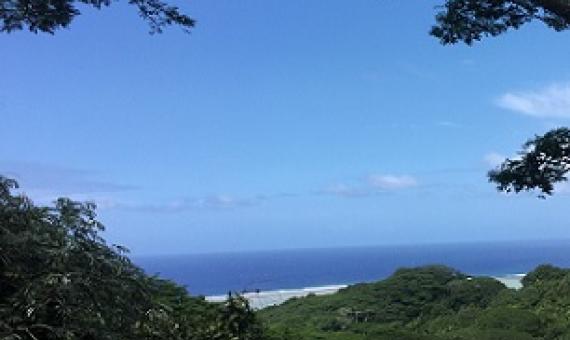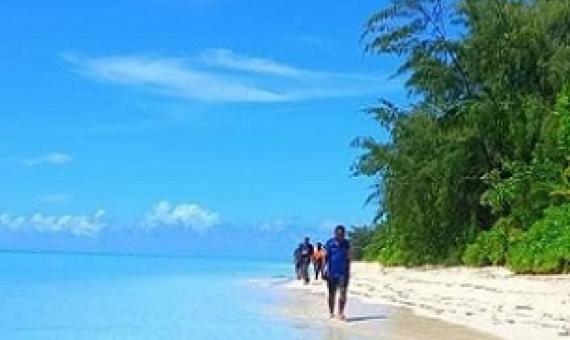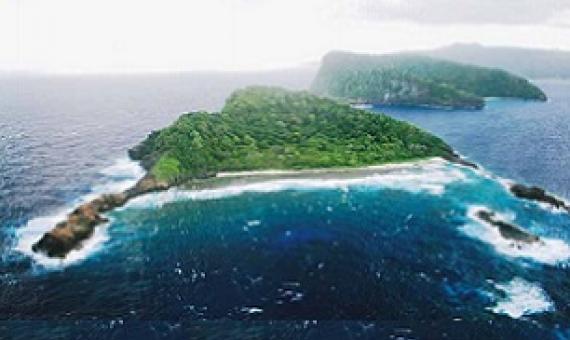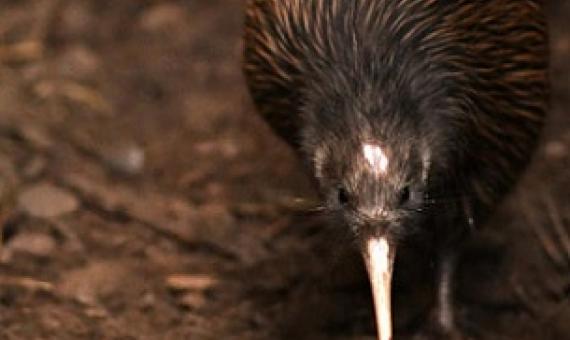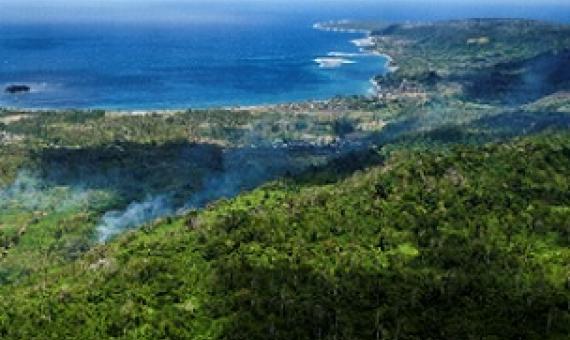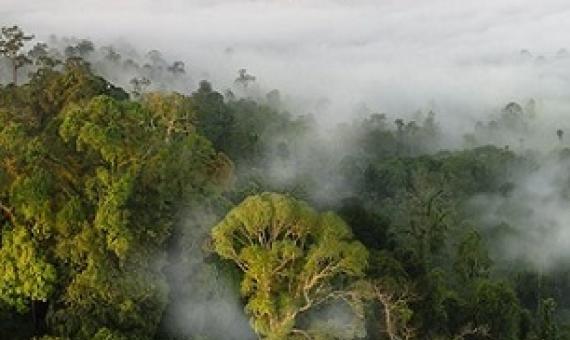Work on the Takitumu Conservation Area, which was damaged during the January storms, is well underway according to its volunteers. Lead volunteer Ian Karika said they have been working every Friday and Saturday since the storms on clearing out debris and replanting trees.
Priority sites for Conservation in Samoa : key biodiversity areas = Vaega faatauaina mo le faasao i Samoa : vaega oa faapitoa i le ola faa-natura
Biological diversity, or biodiversity, is the variability of life
on earth from genes to species to the entire biosphere.
Biodiversity provides immeasurable benefit to human societ-
ies through medicine, food, fiber, ecosystem services, and
cultural values. Yet, this diversity of life is under siege: species
arc being lost at a rate far beyond the natural extinction rate.Available online|Both in English and Samoa|2 hard copiesCall Number: 333.72099614 ATH [EL]Physical Description: 36 p.
Conservation biologist Tom Lovejoy died on Christmas day, 2021 at the age of 80. Through his innovative ideas, leadership, and advocacy, Lovejoy leaves an enduring legacy to the field of conservation, writes Jeremy Hance.
The Torba Provincial Government Council (TPGC) has declared its famous Reef Islands as a conservation zone. TPGC Councillor, Edgard Howard, said the Council endorsed the decision in December. Mr. Howard said the main purpose of the declaration is to prohibit fishing activities in the area.
The Mt. Goplom Conservation Deed is an important signing, which sets an example for PNG communities to use land rights to preserve the unique biodiversity of the region for generations to come...The signing of this conservation deed ratifies their legal rights to conserve and protect the Mt.
Conservation areas have been one of the most successful methods for the modern world to ensure we preserve biodiversity. By declaring areas as protected, the biodiversity (both flora and fauna) is safe from hunting.
A kiwi bird has been killed by a dog on conservation land in Taranaki. The female North Island brown kiwi was found with bite marks along its body in the Pouiatoa Conservation Area in North Taranaki.
Efate’s Vaturisu Council of Chiefs as the custom custodians of the land on the island, has suspended all mining as well as prospective mining on Efate until February 2022...The discussion had drawn to the council’s attention that this prospective activity of mining would greatly impact the f
The Forest Integrity Assessment Tool (FIA) is designed to enable forest managers with no prior experience in forestry or conservation to assess and monitor the condition of tropical forest conservation areas.
...Palau International Coral Reef Center’s (PICRC) researcher, Victor Nestor, gave a presentation to Airai State legislature and Airai State Protected Areas Network (PAN) office on the status of Medal Ngediull Conservation Area.

